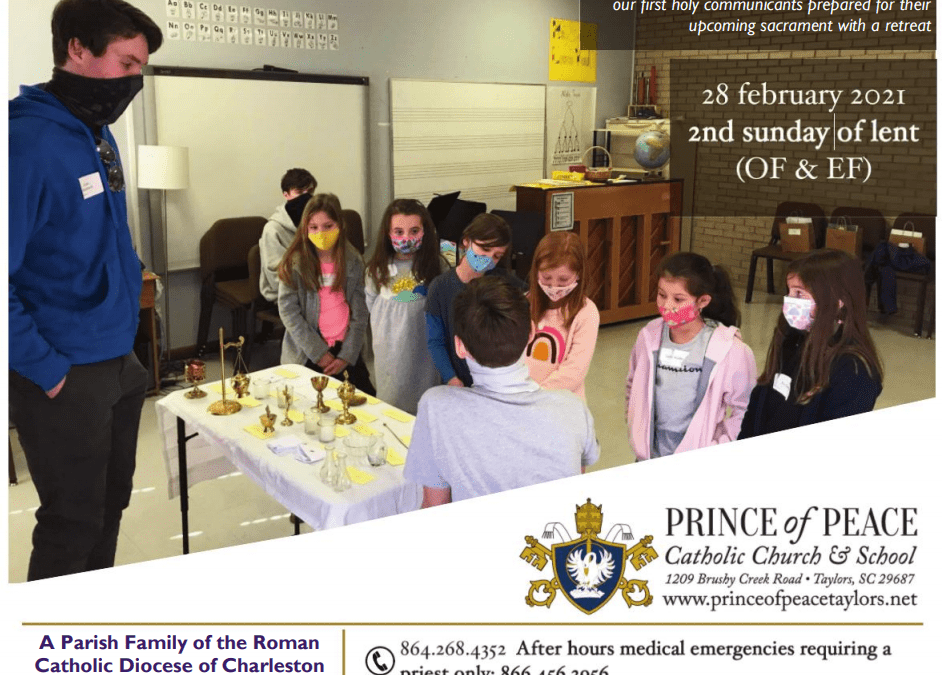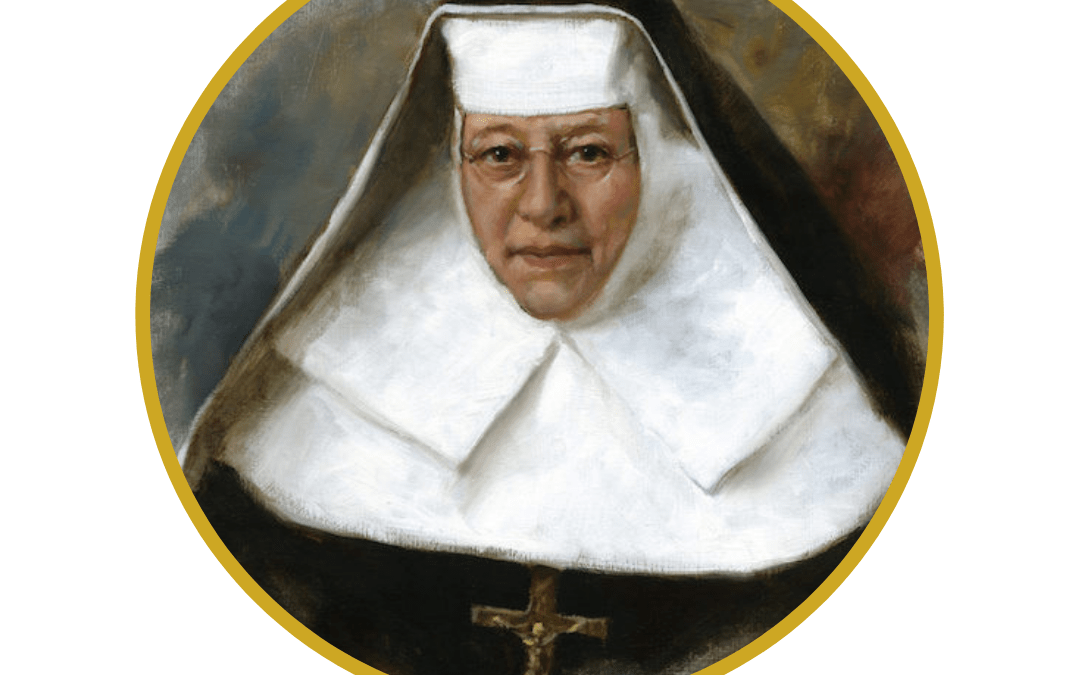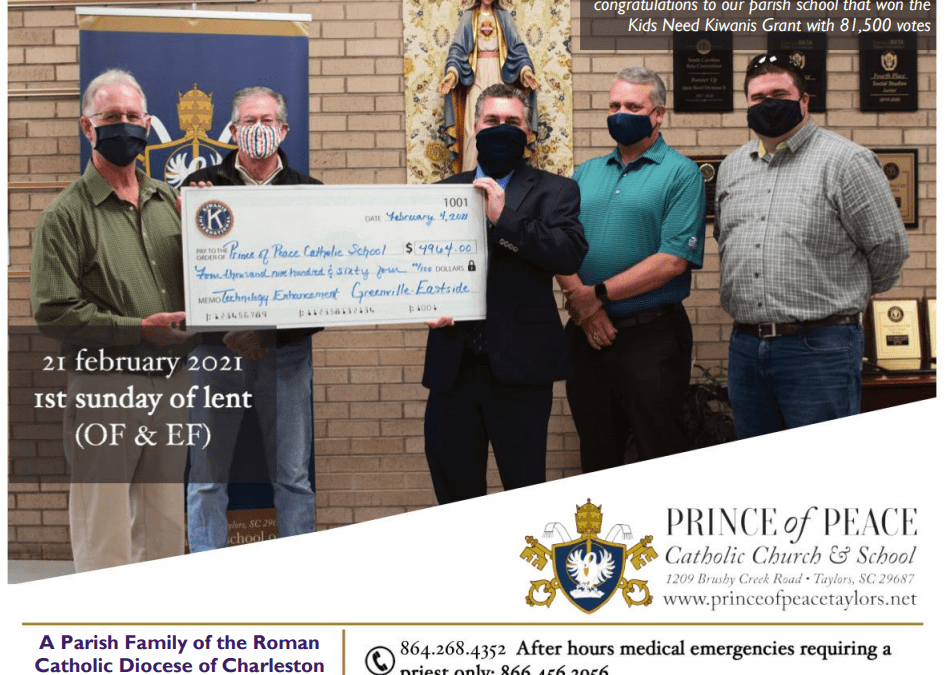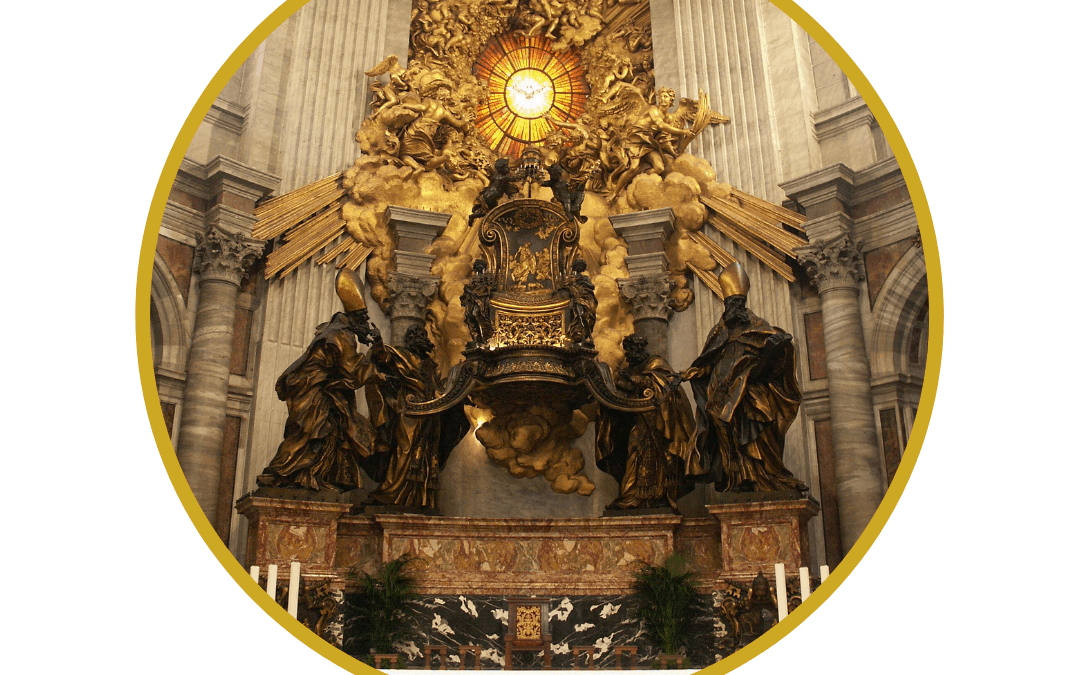
28 February 2021 Bulletin
Our 28 February 2021 Bulletin is available here

Our 28 February 2021 Bulletin is available here

3 March: Feast of Saint Katharine Drexel, the second American-born saint to be canonized. She was born Catherine Marie Drexel in 1858 to a wealthy Philadelphia banker. Her mother passed away five weeks after her birth. Her father remarried and had another daughter. Devout Catholics, they instilled in their children the idea that wealth was meant to be shared. They regularly gave food, clothing and rent assistance to the poor. Catherine’s life changed when her beloved stepmother died after suffering from cancer. Two years later, her father also died. Catherine’s father left the largest fortune recorded in Philadelphia at that time. His daughters were left with a large trust fund. The rest was donated to charity. In 1885, Catherine and her sisters traveled to the Western states, visiting Indian reservations. Seeing dire poverty, Catherine used her money to build schools, supply food and clothing, and provide salaries for teachers on these reservations. In 1887 she established her first boarding school for Indians in Santa Fe. That same year, the Drexel sisters were given a private audience with Pope Leo XIII. They asked him for missionaries to help the Indians. The Pope suggested that Catherine herself become a missionary. Catherine decided she would give herself and her inheritance to God through service to both Native and African Americans. She wrote, “The feast of St. Joseph brought me the grace to give the remainder of my life to the Indians and the Colored.” In 1891, she made her vows as a religious. Taking the name Mother Katharine, she established the Sisters of the Blessed Sacrament for Indians and Colored. Founding and staffing schools for both Native and African Americans throughout the country was their priority. In 1894, she purchased 1,600 acres in Virginia and built a boarding school for black girls. Nearby was St. Emma’s school for black boys built by her sister, Louise. Soon after, a school for Pueblo children was established in New Mexico. In 1915, Mother Katharine purchased a vacant campus in New Orleans and reopened it as Xavier College (now Xavier University). Xavier was the first and only Catholic college for African-Americans and trained teachers to educate black children. Mother Katharine lived the rest of her life with extreme frugality, wearing a single pair of shoes for ten years and using her pencils down to the erasers. From age of 33 until her death, she dedicated her life and personal fortune of $20 million to her work. Katharine had a severe heart attack at 77 that forced her to retire. She spent the rest of her life in quiet and intense prayer. She died on March 3, 1955 at the age of 96. At the time of her death, 501 members of her order were teaching in 63 schools and had missions in 21 states. Katharine is remembered for her love of the Eucharist and her desire for unity of all peoples. She believed all should have access to a quality education. St. Katharine was beatified in 1988 and canonized on October 1, 2000 by Pope John Paul II. St. Katharine Drexel is the patron saint of racial justice and philanthropists.
Ideas for celebrating in your home:
(sources: catholic.org; katharinedrexel.org; catholicculture.org)

Click to read this week’s bulletin: 21 February 2021 Bulletin

22 February: Feast of the Chair of Saint Peter. Why do Catholics celebrate the feast of a chair?? Today, we are not celebrating a piece of furniture. The Chair of Peter is a physical symbol that communicates a spiritual reality. This Feast has been celebrated since the early Church and has multifold meaning. First, it refers to the actual chair (called the cathedra petri in Latin) that Saint Peter sat on as the first pope. Officials in the Roman Empire would sit on chairs when engaged in official work. This tradition was replicated in the Church. Catholic Bishops, for example, have a special cathedra they sit in for liturgy in their cathedral church.
The physical “chair of Peter” is encased in a sculpture designed by Bernini located in Saint Peter’s Basilica in Rome. In the apse of the Basilica, a great bronze throne encloses the wooden chair from the ninth century, long thought to be Peter’s own chair. On the chair itself, Bernini depicts three key scenes from Peter’s life: the giving of the keys (symbolizing the authority to lead the Church), the washing of feet (symbolizing how Peter’s office is one of service), and Jesus’ instruction to Peter to “Feed my sheep” (pointing to his role as teacher and guide). Below the chair are statues of four doctors of the Church (Saints Athanasius, John Chrysostom, Ambrose, Augustine). Above the throne is an oval window with the image of the Holy Spirit as a dove. The symbolism of this great work of art is clear: the Holy Spirit guides the Church through Saint Peter and his successors, who authoritatively teach the Word of God transmitted in Sacred Scripture and Tradition.
Next, this feast day is about the spiritual authority bestowed upon Saint Peter by Jesus. Jesus said to Peter, “You are Peter, and on this rock I will build my church, and the gates of hell shall not prevail against it” (Matthew 16:18). Pope Benedict XVI summarized the spiritual dimension of the Chair of Peter: “So what was the ‘Chair’ of St Peter? Chosen by Christ as the ‘rock’ on which to build the Church, he began his ministry in Jerusalem… The Church’s first ‘seat’ was the Upper Room, and it is likely that a special place was reserved for Simon Peter in that room where Mary, Mother of Jesus, also prayed with the disciples… Then Peter went to Rome, the center of the Empire… So it is that the See of Rome, which had received the greatest of honors, also has the honor that Christ entrusted to Peter of being at the service of all the particular Churches for the edification and unity of the entire People of God… The See of Rome, after St Peter’s travels, thus came to be recognized as the See of the Successor of Peter, and its Bishop’s ‘cathedra’ represented the mission entrusted to him by Christ to tend his entire flock… Celebrating the ‘Chair’ of Peter, therefore, means attributing a strong spiritual significance to it and recognizing it as a privileged sign of the love of God, the eternal Good Shepherd, who wanted to gather his whole Church and lead her on the path of salvation.”
In the fourth century, St. Jerome wrote to Pope Damascus I: “I follow no leader but Christ and join in communion with none but Your Blessedness, that is, with the chair of Peter. I know that this is the rock on which the Church has been built.”
Ideas for celebrating in your home:
(sources: ncregister.com; simplycatholic.com; www.vaticannews.va; Franciscanmedia.org; edwardsri.com)
Recent Comments